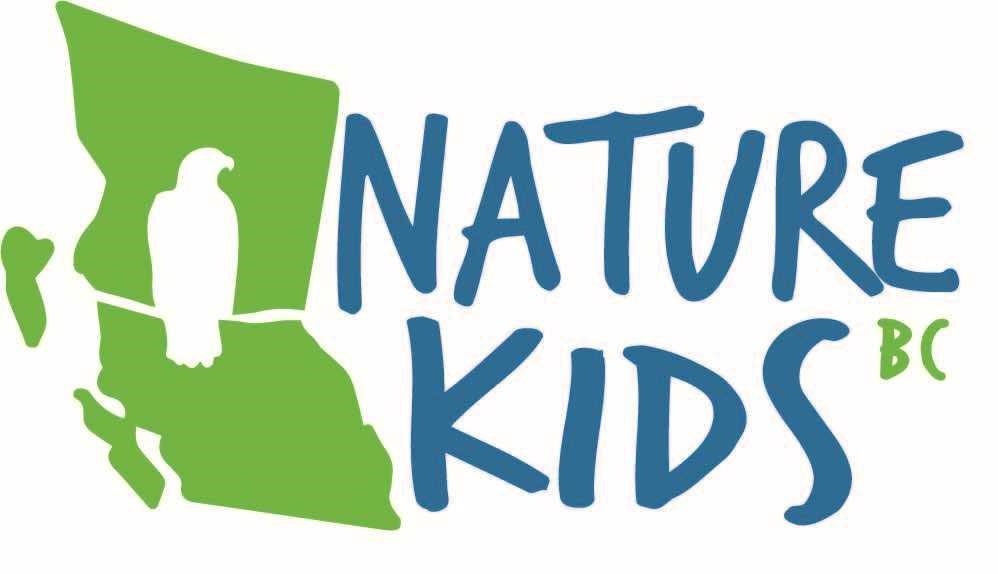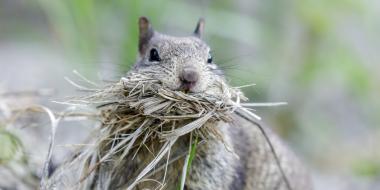Take a moment to think about the garbage your family makes in one day. Imagine how that adds up over a week, or a month, or even a whole year! Where does all that trash go? Most trash (even “recyclables”) ends up in landfills where it not only takes up lots of space but also produces powerful greenhouse gases like methane. But all that trash doesn’t need to go to the landfill: some of it could be composted!
Composting your food scraps, like apple cores or banana peels, turns waste into a healthy, rich soil amendment that can be used to grow more veggies for your family. And at the same time, you are helping to keep trash out of the landfill and combating climate change. Win-win!
In this experiment, you will be able to watch what happens when food scraps and other organic matter break down into compost.
What You’ll Need
- Empty, clear 2-litre pop bottle
- Permanent marker
- Scissors or sharp knife
- Tape
- Spray bottle filled with water
- Soil
- Fruit and vegetable scraps
- Leaves or grass clippings
- Shredded newspaper
- Pen and paper or notebook to record your findings
What to Do
- Have an adult help you cut ¾ of the way around the pop bottle, approximately three inches (8 cm) down from the top of the bottle. Now you can flip open the top of the bottle to easily access the inside.
- Layer your collected materials in the bottle in the following order: soil, organic food waste, soil, shredded newspaper, soil, leaves/grass clippings, and finally soil, making sure to mist every layer with your spritz bottle as you go. Your bottle should now look similar to the drawing.
- Flip the top of your bottle closed and tape it shut.
- Mark the different layers on the bottle with the permanent marker.
- Place your composter in a sunny, warm location.
Tips
- Make sure the contents don’t dry out. If they look too dry, open the bottle and mist the materials with the spray bottle. You want the contents to be moist, but not soaked or sloppy.
- To avoid unpleasant odours, only compost fruit and vegetable scraps that are free from oils and fats. Do not use meat scraps.
Observe the changes in your composting bottle once a week over several weeks. Record your observations in your notebook. Draw what you see or take a photo. Do the layers stay the same thickness or change over time? Can you still tell what is in each layer?
After a month to six weeks have passed, dump the contents of your composter out to see what has happened. What items have decomposed the most? Which decomposed the least? Why do you think this is?
Things to Think About
- Decomposers, from insects to tiny microorganisms such as bacteria and fungi, are responsible for turning dead organic matter (your humble food scraps!) into compost. What would happen if decomposers didn’t perform this important task?
- What are other ways to reduce the amount of trash your family makes?
 NatureKids BC is a registered charity that helps children aged 5-12 get outdoors to explore, play, learn about and take action for nature. We do this through a network of family nature clubs that extends across British Columbia and through opportunities to engage in citizen science initiatives and environmental stewardship activities. Already a member? You can use this activity as part of your Action Awards Quest! www.naturekidsbc.ca
NatureKids BC is a registered charity that helps children aged 5-12 get outdoors to explore, play, learn about and take action for nature. We do this through a network of family nature clubs that extends across British Columbia and through opportunities to engage in citizen science initiatives and environmental stewardship activities. Already a member? You can use this activity as part of your Action Awards Quest! www.naturekidsbc.ca
You may also enjoy: 5 Ways to Get Kids Involved in Composting, Cultivating Health and Vitality through Biodynamic Farming, and Hügelkultur Meets Permaculture.






